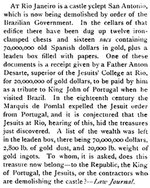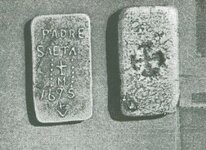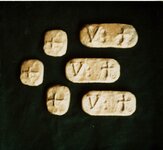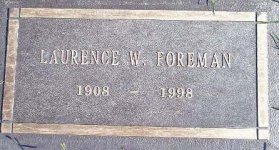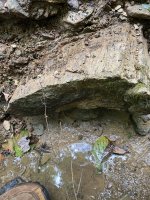Springfield
Silver Member
...The Spanish military in Mexico was far from "capable" - their efforts to chastise the Apaches stand in bold relief of their incapabilities. The strength of Spanish forces garrisoning the frontier areas was amazingly small, almost ridiculous. These garrisons rarely ventured out of their forts, meaning that any enforcement of Royal authority was extremely limited. We can point to documented examples of complaints about how the Royal authorities were being blatantly ignored, openly, as happened in New Mexico (trading with the enemy French) or California (trading with the Russians, also illegal).
The point is that the presidios existed and were located within range of alleged Jesuit mines. You can claim the soldiers were 'incapable' because they couldn't control the Apache, but would you also say the US Army was 'incapable' during the latter part of the 19th century? Regardless, it's a moot point to the argument at hand.
... the Jesuits openly owned mines as documented in the Catholic study, and these mines were not appropriated by the Spanish until after the Jesuits were expelled. Also we have the example of the Planchas de Plata, where the Spanish authorities DID step in, and dashed the hopes of the Jesuits.
Thank you for supporting my concerns Oro. Planchas de Plata was seized by the Spanish authorities because the site was classified as a 'treasure trove', not a mining property. It was obviously very valuable, and was seized. As you pointed out, the nearby southern AZ mines were not taken over by Spanish entrepreneurs after the Jesuits vacated the premises. Why? Apparently they were not of sufficient quality - much better opportunities existed in Mexico. My concerns all along have merely been that the popular rumors of Jesuit caches in AZ have likely been vastly exaggerated.
... many of these mines in Pimeria Alta were illegal and kept secret ...
Don't you mean 'openly owned', and not 'secret'?



